Another week, another opportunity to educate our readers. This week we are continuing the trend in writing about the core elements of underwriting by walking our readers through cap rates.
By definition, a cap rate (or capitalization rate) is a metric used in real estate to indicate an expected rate of return on an investment. To find out the cap rate of a real estate investment, you divide the net operating income (“NOI”) by the current market value of a property.
Now that we have defined the metric, the important area to address is how we use cap rates when we evaluate a property.
First, we would like to establish that we do not speculate on market forces that we cannot control. We believe that it would be extremely difficult to be certain that an investment is going to return 8% annually, and not 7%. As we all can relate to the shock and surprise of the current world we are living in, we must remember that nothing is a “sure thing.”
With that said, cap rates are used as a simple tool in our process for both screening and evaluation.
Our initial screening phase uses cap rates to quickly compare similar properties. What do we mean by the “initial screening phase?” From our two previous blog discussions, you learned that we begin our underwriting process from a broader market standpoint to submarkets (or cities), and then work our way to researching individual properties. To discover interesting submarkets, we gather cap rate data to discover areas that may have the potential for greater returns on an investment.
For example, one of the cities we are looking at now, has an average multifamily cap rate that is just over 6%. Compared to the broader nation that has an average multifamily cap rate just over 5%, we believe this area shows promise.
Once we look deeper into a submarket, we apply cap rates in our models to screen for properties that might be worth pursuing.
In our evaluation process, the cap rate is an output metric that we consider, but only after we solve for other important factors, such as cash-on-cash return (“CoC”), the internal rate of return (“IRR”), debt-service coverage ratio (“DSCR”), annual cash flow, the overall business plan, and many others.
In simple terms, we are able to figure out the cap rate once we have filled the gaps in our research process that will enable us to calculate it.
Every investment we make will require some sort of leverage. The amount of leverage is determined by how much cash we are initially investing. It is important to consider various scenarios to see how much income could be generated from a property from our initial investment.
Through our conservative approach, we can figure out the cash flow income from our initial cash investment (i.e. CoC). We can also figure out if the cash flow is at a level that will enable us to service the debt (i.e. DSCR), so that we can take on a certain amount of leverage.
After going through this process and factoring in the key variables, we are able to do a side-by-side comparison of the cap rate that was generated by our models to the cap rate of the broader submarket. This allows us to place the individual property’s cap rate next to a benchmark -- a part of our process that will help us determine if the expected rate of return is in the ballpark of where it should be (i.e. above the broader market’s expected rate of return).
The primary takeaway from this discussion is that cap rates are just a starting point in evaluating deals as there are many other factors to consider. Though we do not want to downplay its importance, it is only one part of the screening and evaluation process when we are underwriting properties.


